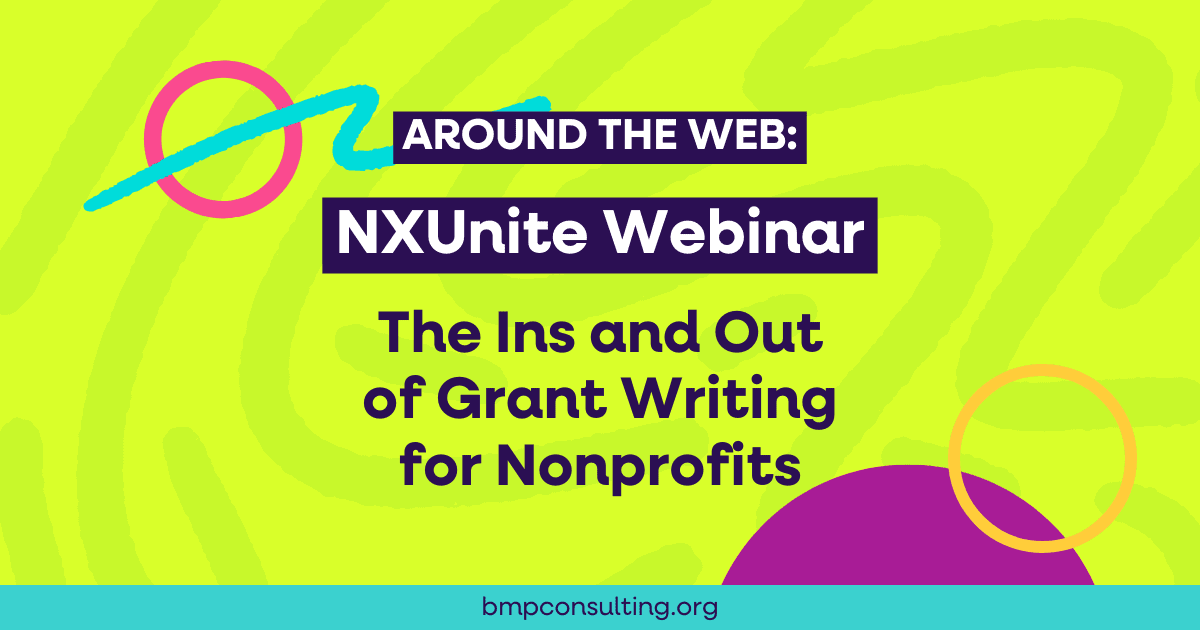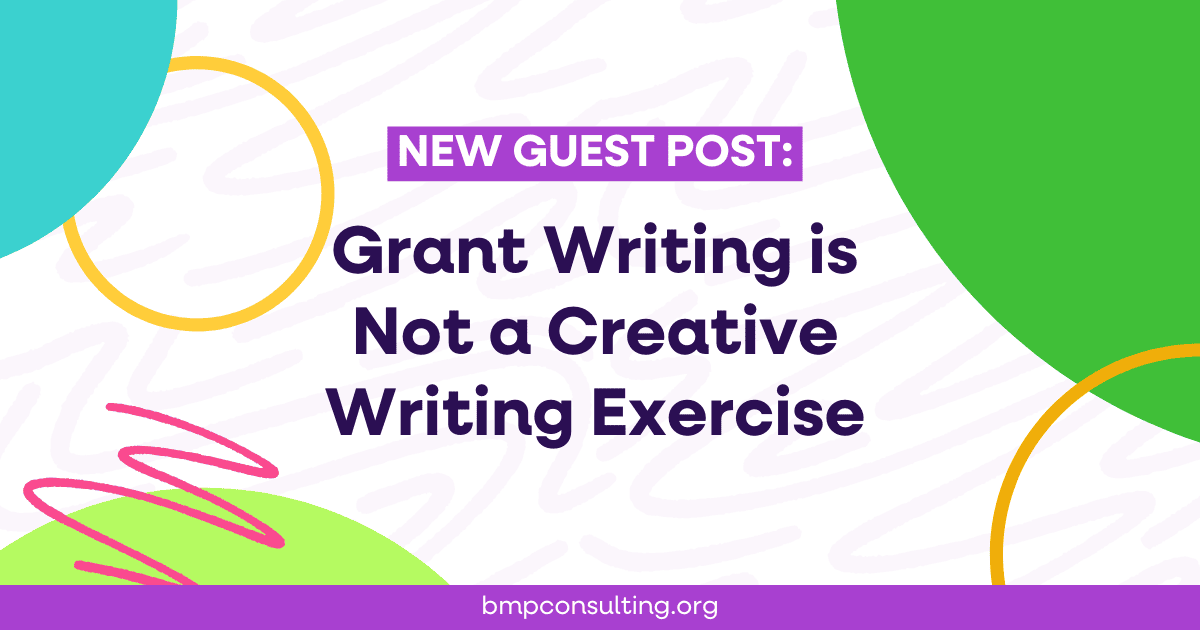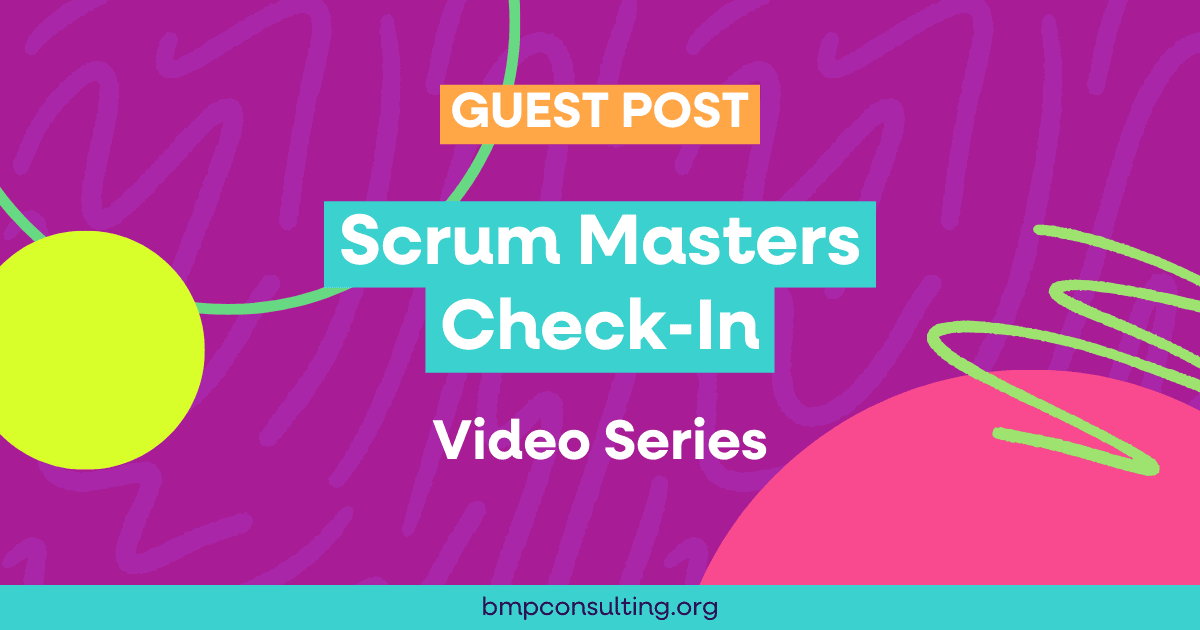On September 19, Jason Adkins, President of the Kentucky GPA Chapter, and I presented a webinar called A Proposal that Crashed – A Proposal that Soared. We each presented a proposal we had written and the lessons we learned through the process. You can find the webinar recording here if you would like to listen to it.
Jason and I are also going to share that information in a two-week blog series. Today I am sharing my proposal that soared and the lessons I learned. Next Wednesday, Jason will share his proposal that crashed and the lessons he learned.
A Proposal that Soared
Grant Opportunity Description:
The grant opportunity was a state arts funding opportunity specifically for general operating support for arts organizations operating in the state. The commission decides the award amounts and the organization must be able to match the award amount through the operating budget.
It was an online grant application with eight sections
- Organizational Overview
- Financial Information
- Organizational Excellence and Artistic Quality
- Community Engagement
- Accessibility Statement
- Arts Education
- Project Impact
and five attachments.
- Strategic Plan
- Board and Staff Form
- Financial Information
- Projected Budget
- Promotional Materials
The applications focused on the organization as a whole since the funding was for organizational support. The applying art organization received word in December that the online letter of intent to apply for the funding was due on January 18. The full proposal was due on March 3.
#LifeasaGrantPro:
During the December – March timeframe, I was working on six other grant applications and a capital campaign for the arts organization. I was also volunteering weekly for #grantchat, a subcontractor with another grant consultant, and onboarding my own new client. All this to show grant professionals rarely get the luxury of working on one grant proposal at a time.
Lessons learned from this application:
- Gather information early – Make sure your organization is grant ready and gather any documents and information you know you will need before the RFP or application is released.
For this particular application, I knew that they would be asking for more information on our board members than is generally given on an application. So I have set up a system that at the first board meeting of the fiscal year, I have a form for each board member to fill out (old and new as information may have changed) asking the board member for the information we will need. This saves me a lot of time trying to track down that information while working on the grant application.
2. For online applications, compose your answers in a document on your computer.
When I am crafting answers to an online grant application, I create a document in Google Drive with all the applications questions in it. Even if you can save in the online portal (some you can’t) often it is hard to see a full answer and only one person can be in the online portal at a time. By creating a separate document, I can craft the answers in that document, share it with the grant team for feedback and edits, and once we have it where we want it, I can just copy and paste the answers into the online portal.
3. Questions in grant applications can affect organizational change.
There might be a question on a grant application or on your GuideStar profile that your nonprofit may not be addressing, but you probably should. I share those questions with the Executive Director and/or a board member and explain why I think we need to address it as an organization. It might help us be more transparent or create a stronger strategic plan.
4. Do your best and don’t sweat the rest.
As I showed above, Grant Professionals are generally working on multiple things at a time. So when a grant opportunity is presented to work on, do your best answering all the questions and providing all the requested attachments, but don’t sweat the rest. You can’t control who reviews your application or how many other applications are submitted for the opportunity. There are a lot of factors that go into funding a grant application, and most of them are out of the Grant Professional’s control.



